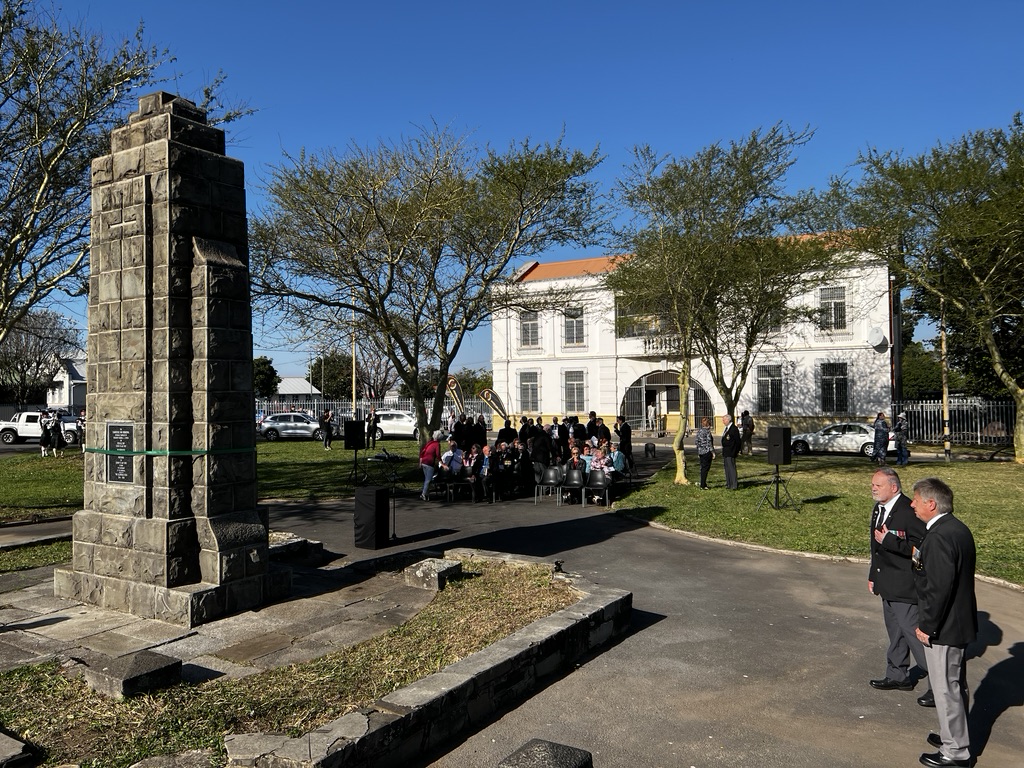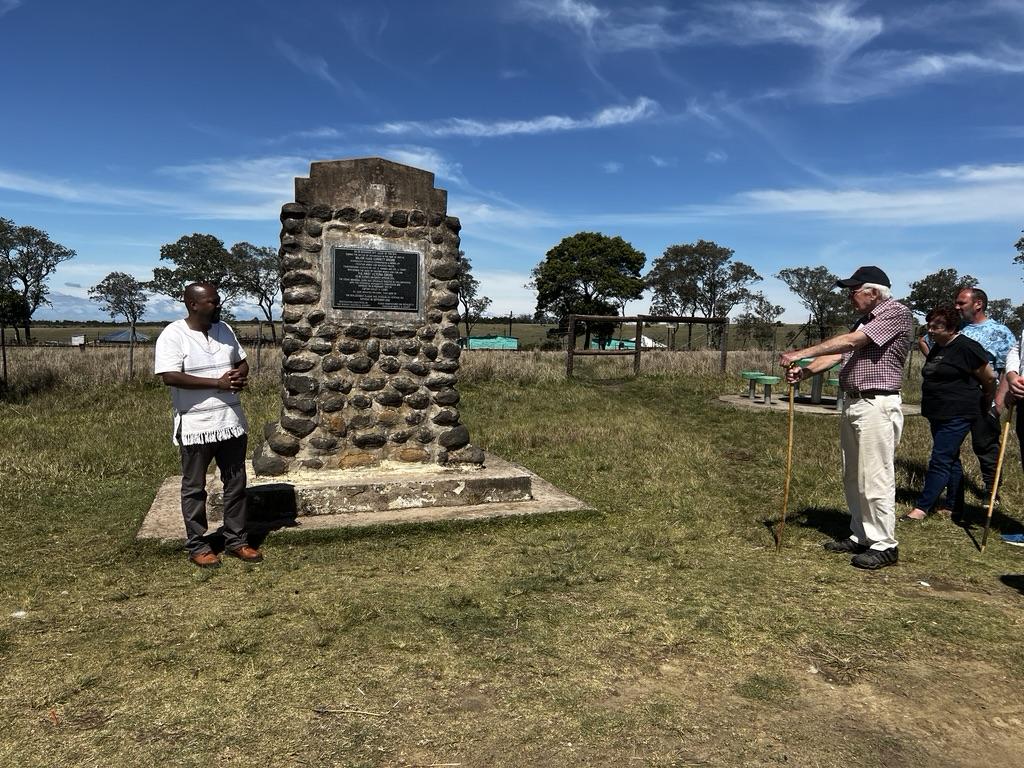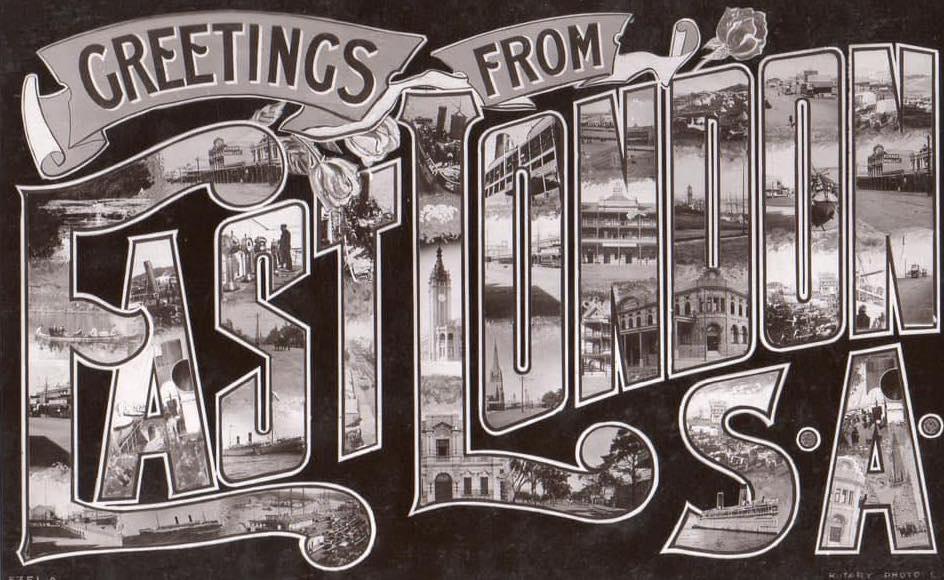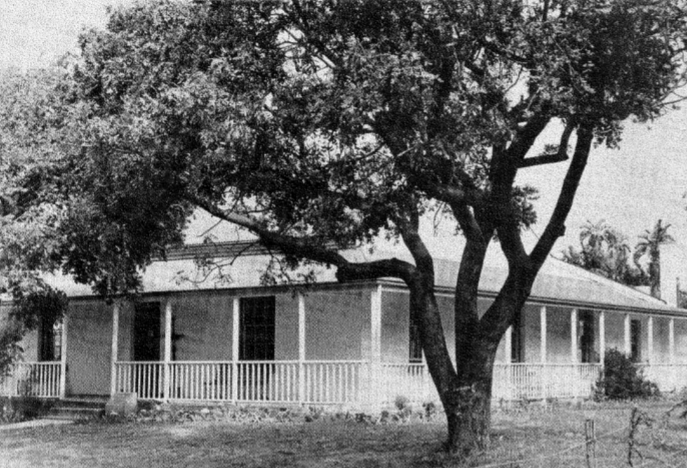
What role does your organisation play in the sector? The Border Historical Society fosters an interest in the history of East London and its immediate surroundings. It is an independent body with regular meetings held at the East London Museum. As an entirely voluntary interest group, it is run by a committee which meets monthly. The society strives to pursue a completely apolitical agenda.
Public meetings are held at the museum alternating monthly with Friends of the East London Museum at which an invited speaker delivers an address on any topic of local historical interest. These are open to any interested persons and are free of charge.
Occasional outings to inspect sites of historical interest are arranged. The Society is involved in facilitating the restoration and rededication of neglected memorials in the Border area.
Rededication of the Draaibosch Memorial - 24 September 2022
The society journal is named after the Coelacanth, the chief exhibit of the East London Museum, Vol.1 No.1. appeared in March 1963 and regularly thereafter. The journal features articles of local historical interest. Digital editions allow for relatively inexpensive distribution. Physical copies in colour and black and white are printed in limited numbers for library collections and collectors of africana.
The Border Historical Society's YouTube channel has a growing collection of archived audio recordings from the 1960's and some more recent guest speaker presentations.
The society also hosts a Facebook group called 'Border History - in the Eastern Cape' which garners a lot of interest from South Africa and around the world. Foreign correspondents have contributed valuable information that has enhanced local investigations and stimulated interest in local historical sites.
This old postcard has been used as the Facebook group's cover image
What is your biggest achievement over the past year? The restoration of the Roll of Honour and the subsequent rededication of the Cambridge War Memorial in East London (see main image). The memorial was neglected and forlorn and the Society decided to take action. Research was undertaken to establish the details of the stolen World War 1 Roll of Honour, trees and ferns growing on the memorial were removed and their roots poisoned and the memorial was scrubbed down to remove years of accumulated grime. A new wording was compiled to record the date of the original unveiling and the proposed rededication. Quotes were obtained for the manufacture and installation of the two plaques and an anonymous donor very kindly sponsored them in full. A formal rededication ceremony was held facilitated by the local branch of the SA Legion, the MOTHS and the East London Caledonian Pipe Band. The two plaques were unveiled by Butler van der Vyver, a veteran of World War 2. This project was certainly a major achievement for the Border Historical Society.
What is your biggest challenge? Public apathy!
What excites the BHS team? Looking for forgotten heritage sites in the Eastern Cape and Border area and making this information available via social media
How did the organisation get started? The first meeting of the Society was held in the East London Municipal Council Room on Tuesday 24 November 1959. Miss Marjorie Courtenay Latimer - then curator of the East London Museum (and the discoverer of the Coelacanth fish) was appointed as Chairman. Meetings were held once a month. An early project of the Society was Gately House - which was to become a well known house Museum - now sadly closed due to its immediate environs deteriorating. Mr Mark Taylor - a teacher - was to be the subsequent Chairman. The rest is history!
Gately House (Restorica)
What advice would you give someone starting out in the heritage world? To persevere and don't give up.
What resources would you recommend to the heritage community? The Heritage Portal and the artefacts.co.za website.
What in the sector makes your blood boil? The general apathy towards declared heritage sites in the Eastern Cape. A significant heritage site springs to mind - the manse of the Rev. Tiyo Soga at Mgwali near Stutterheim. This is a declared National Monument which was then a Provincial Heritage site and after an accidental fire is now a ruin, slowly disintegrating. Another is the Bethel Mission Church in Stutterheim, built in 1865 and a declared National Monument (later a Provincial Heritage site). The church has been gutted of all usable building materials and the furniture stolen - and is now a complete ruin.
Bethel Mission Church during better times (Wikipedia)
What would you recommend right now to make a positive change in the sector? Real interest and substantial funding from the Government for the conservation of heritage assets in the country.




